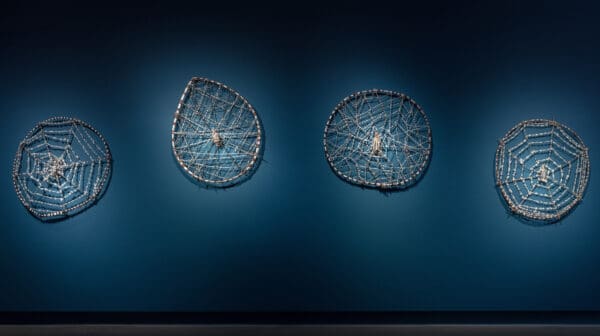
Piercing the veil
A new exhibition at Buxton Contemporary finds a rich complexity in the shadowy terrain between life and death.
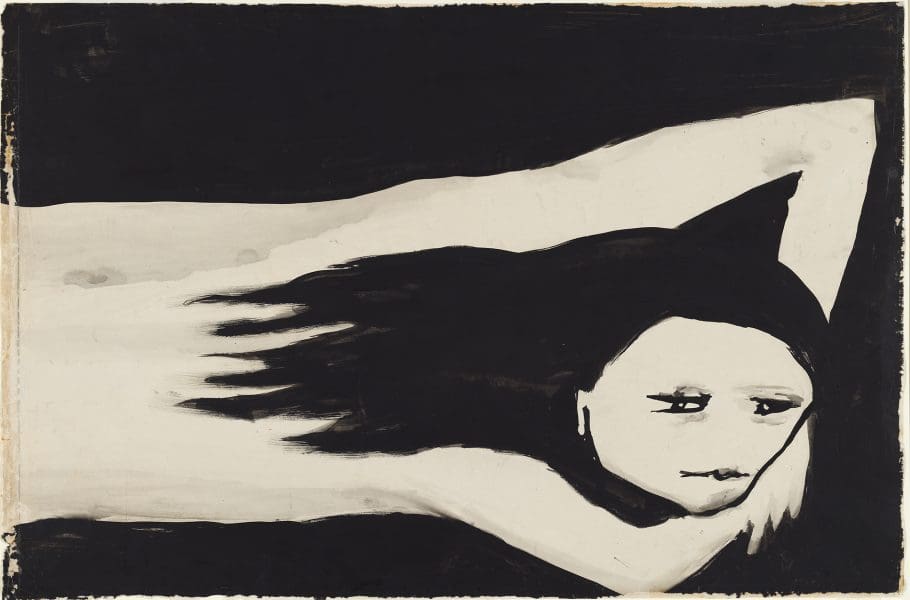
Joy Hester, Girl 1957, brush and ink on paper, 49.9 x 75.5 cm (image), 49.9 x 75.5 cm (sheet), National Gallery of Australia, Canberra, Purchased 1972, ©Joy Hester/Copyright Agency 2019.
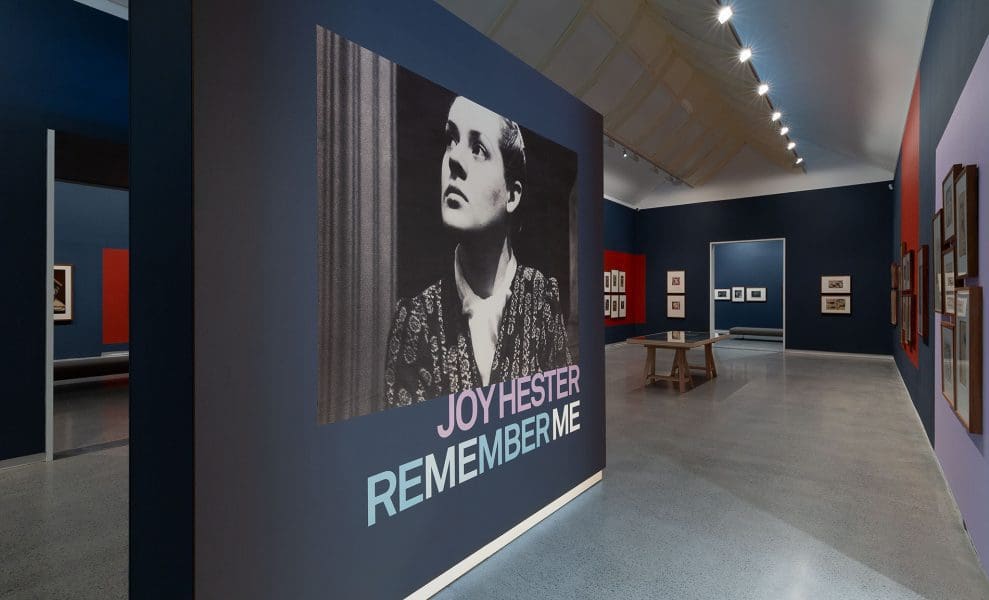
Joy Hester: Remember Me, 2020, Installation view at Heide Museum of Modern Art.
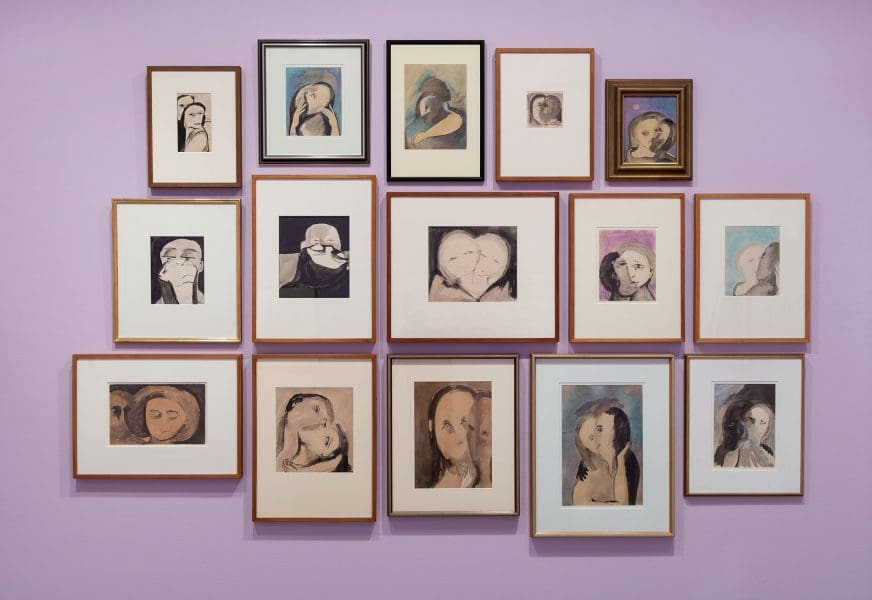
Joy Hester: Remember Me, 2020, Installation view at Heide Museum of Modern Art.
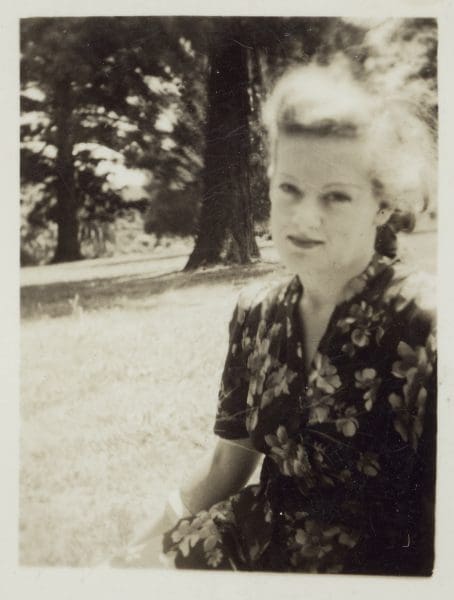
Albert Tucker, Joy Hester, Fitzroy Gardens, Melbourne, 1942, gelatin silver contact print, Albert Tucker Photographic Collection, Heide Museum of Modern Art and State Library Victoria. Gift of Barbara Tucker 2008.
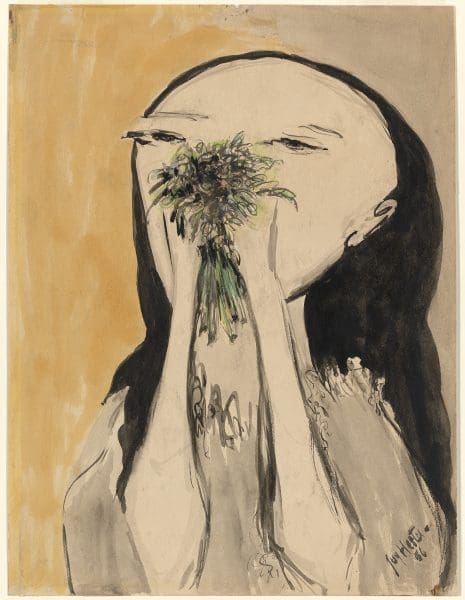
Joy Hester, Girl Holding Flowers 1956, brush and ink, watercolour, pastel on paper, 35.8 x 27.1 cm. National Gallery of Victoria, Melbourne. Presented through The Art Foundation of Victoria from the Bequest of Violet Dulieu, Founder Benefactor 1997 © Joy Hester/Copyright Agency 2020.
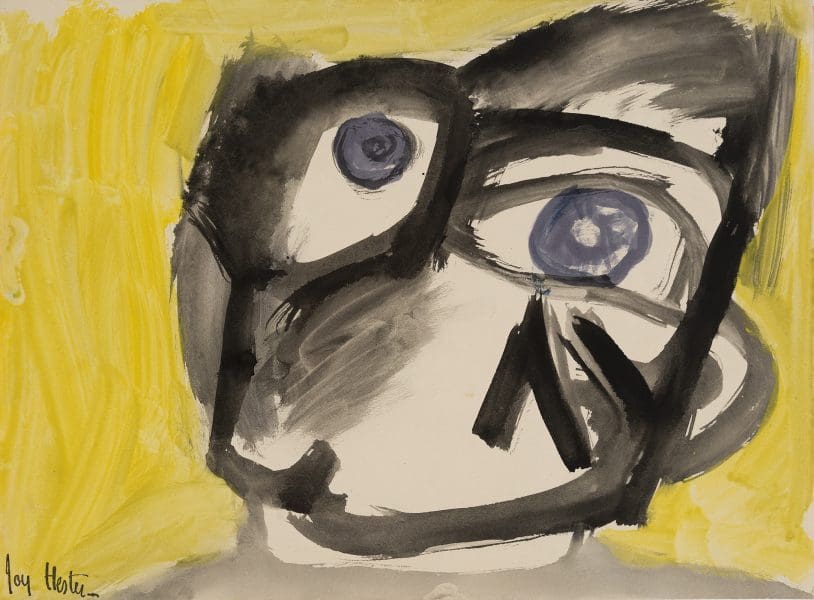
Joy Hester, Face (with Yellow Background) c.1947, brush and ink and gouache on paper, 27.6 x 37.6 cm. Heide Museum of Modern Art, Melbourne. Gift of Barrett Reid 1990. ©Joy Hester/Copyright Agency 2019.
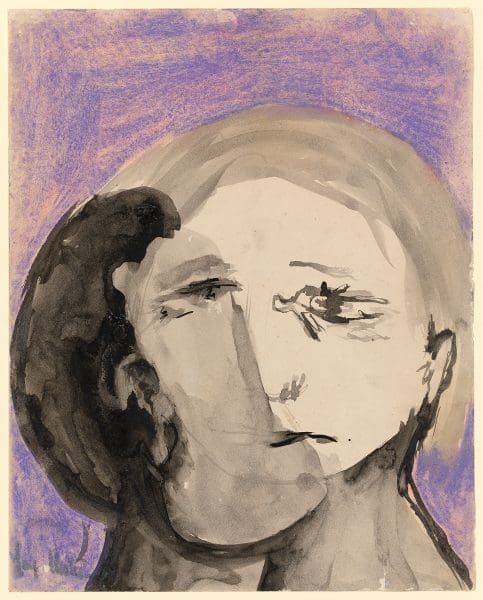
Joy Hester, Untitled (From the Love series) 1949, brush and ink and mauve pastel on paper, 31.6 x 25.2 cm. National Gallery of Victoria, Melbourne Purchased 1976 © Joy Hester/Copyright Agency 2019.
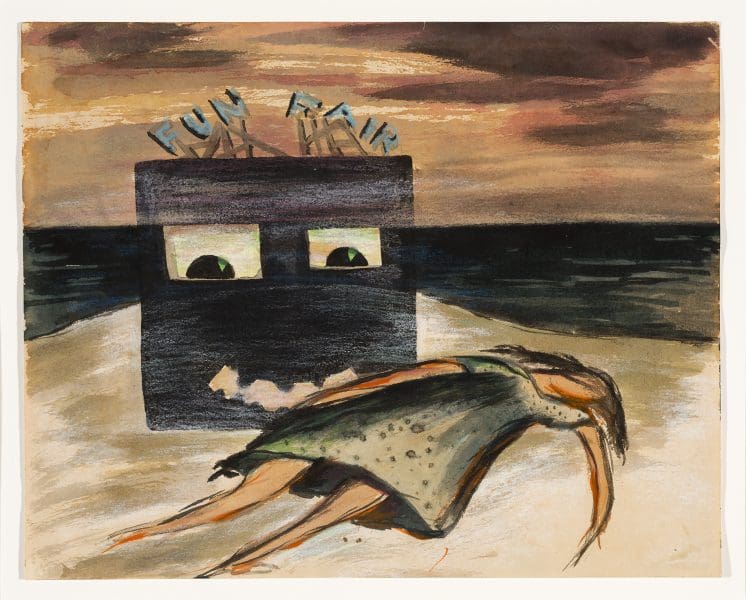
Joy Hester, Fun Fair c.1946, brush and ink, watercolour, coloured chalk and pencil on paper, 20.2 x 25.2 cm. Heide Museum of Modern Art. Gift of Barbara Tucker 2007 © Joy Hester/Copyright Agency 2019.
Brimming with wrought expression, Joy Hester’s drawings are personal and mysterious renderings of internal states. Her subject matter—love, sex, birth and death— are universal, yet the manner in which she depicts them is particular. These qualities speak to a time when women’s art that comes from a private and raw realm is accepted as serious and valid; however, Hester was not lauded in her heyday, with critics deeming her first show in the 1950s as “too personal and too obscure”.
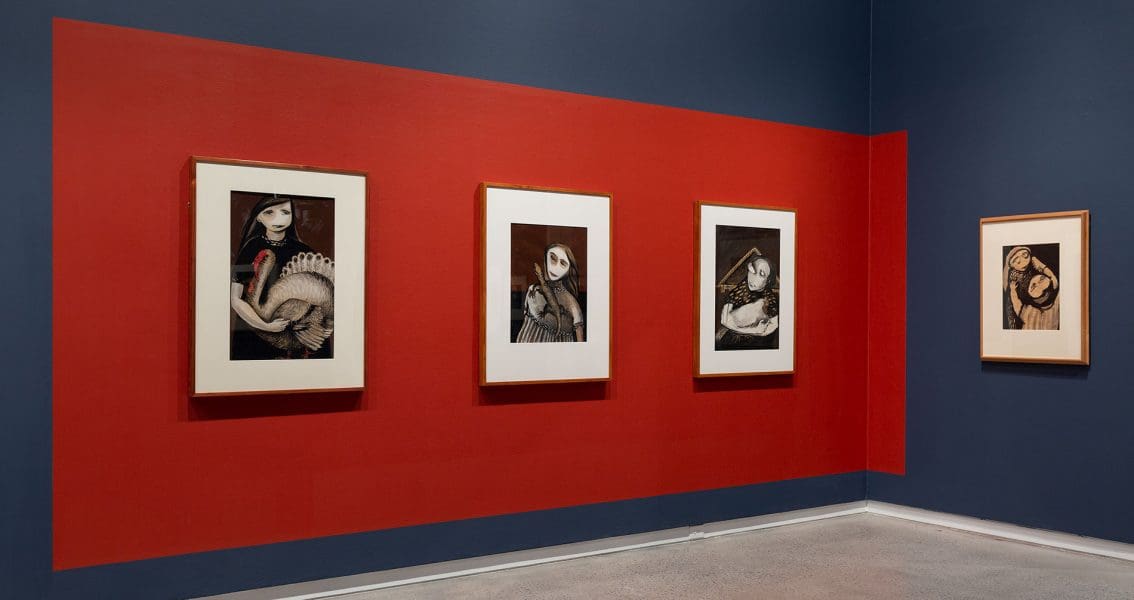
“Hester was showing female experience and personal and emotional states of being. It was too much for audiences at the time,” says senior curator at Heide, Kendrah Morgan. The only female member of the Angry Penguins, Hester was not just overlooked due to her subject matter and gender, but also because she chose drawing as her medium, which was generally considered a primary exercise to aid painting and sculpture. She drew because of its immediacy: “It presented no barrier to her inner vision,” says the curator. “Hester also wrote in a letter to Sunday Reed that drawing could ‘capture a kind of split flash of a moment’.”
Hester’s work depicted motherhood, lovers blending into each other, and portraits where the eye motif is centred. Diagnosed with cancer in 1947, illness informs some of her most powerful works. In her Incredible Night Dreams series, nude female torsos subsist in alternating states of tension and repose. These works are likely drawn from the night sweats she experienced before her cancer diagnosis. “They really give you a sense of what it feels like to inhabit the body,” says Morgan. “You don’t know whether those figures are in states of oblivion or oppression. And I think that’s why they’re so strong. It’s unsettling.”
Joy Hester: Remember Me
Heide Museum of Modern Art
Due to COVID-19 restrictions, Heide Museum of Modern Art is currently closed. Revised dates for the exhibition Joy Hester: Remember Me will be advised on the Heide Museum of Modern Art website here.
This article was originally published in the September/October 2020 print edition of Art Guide Australia.